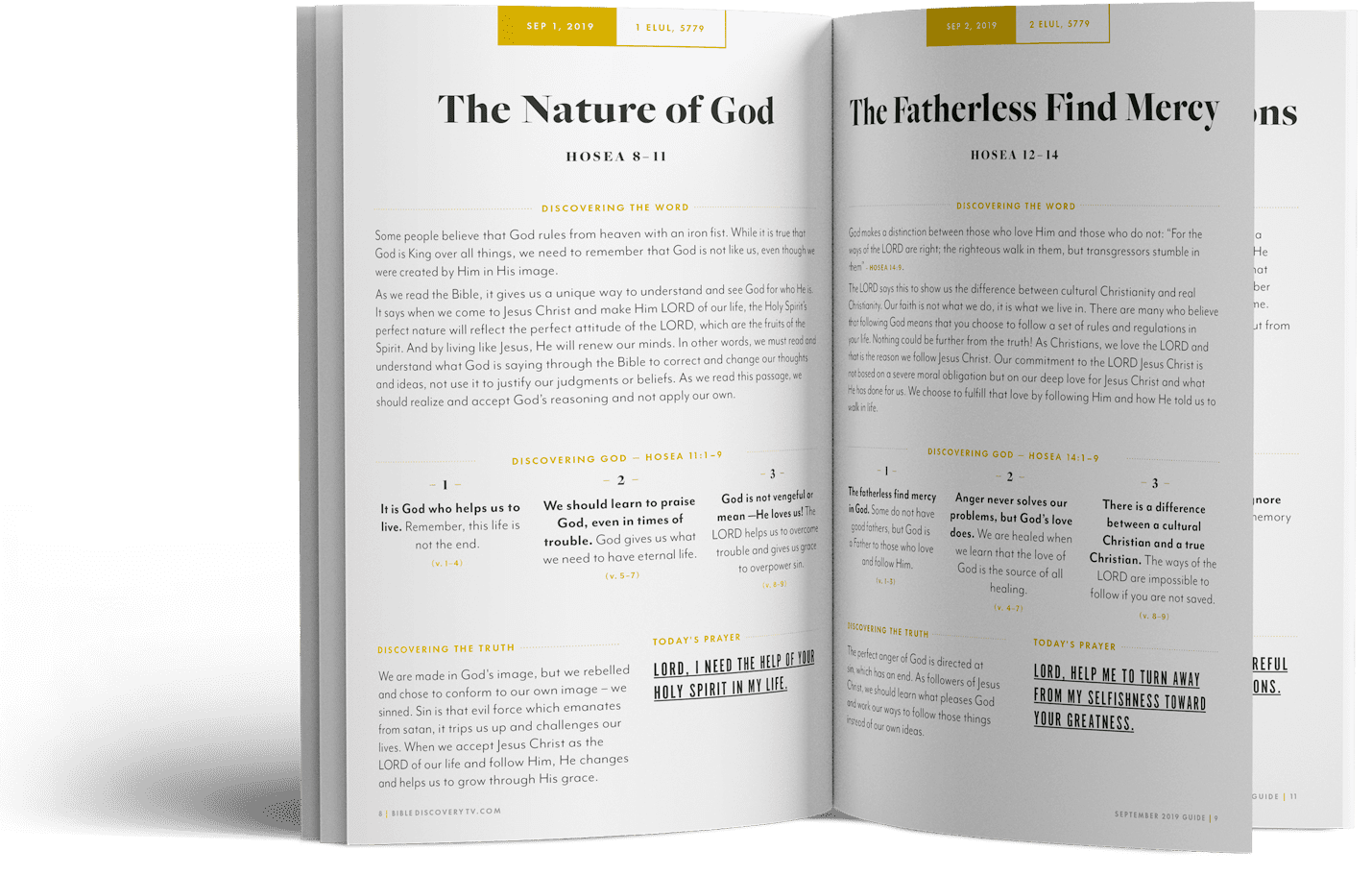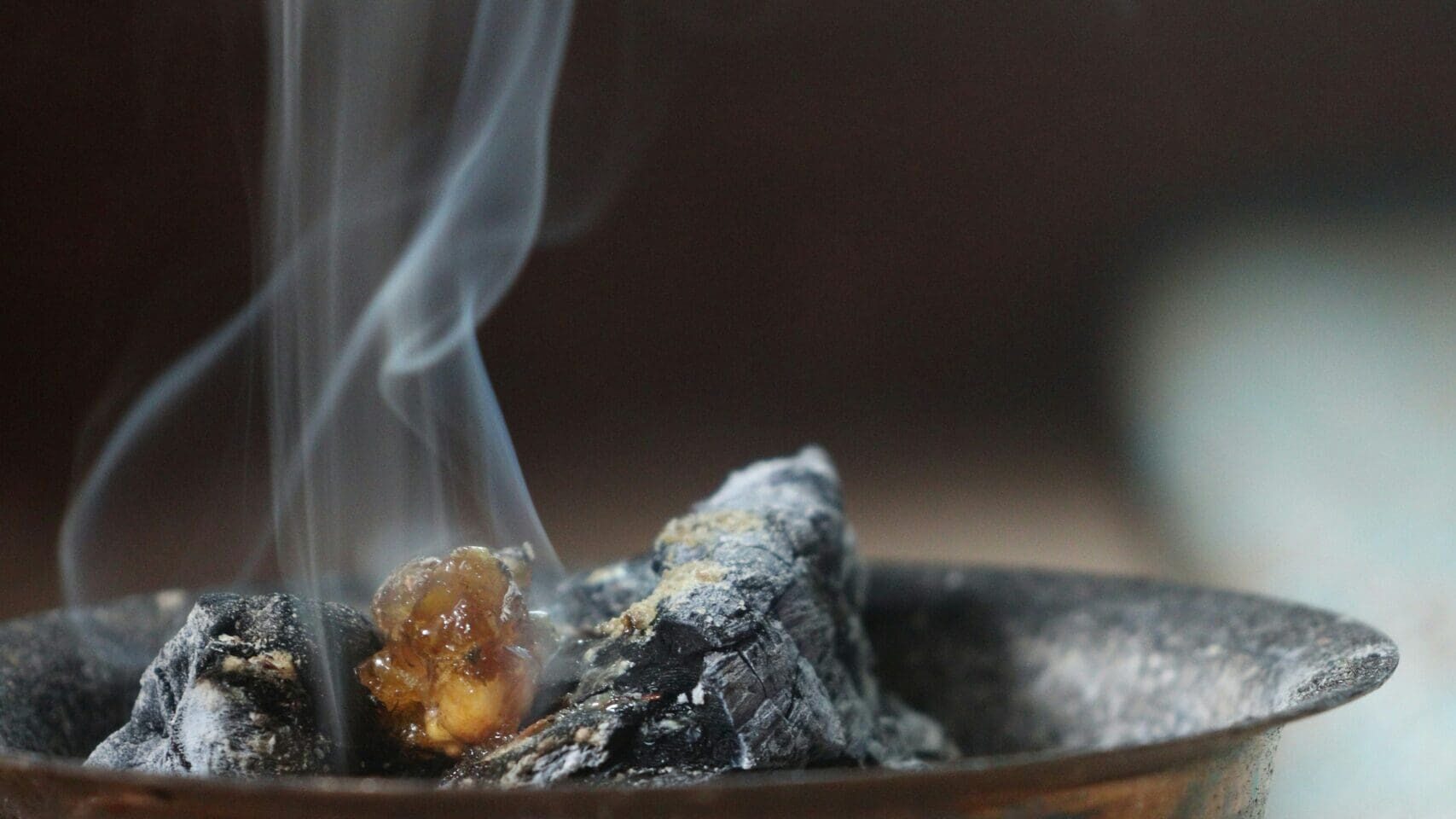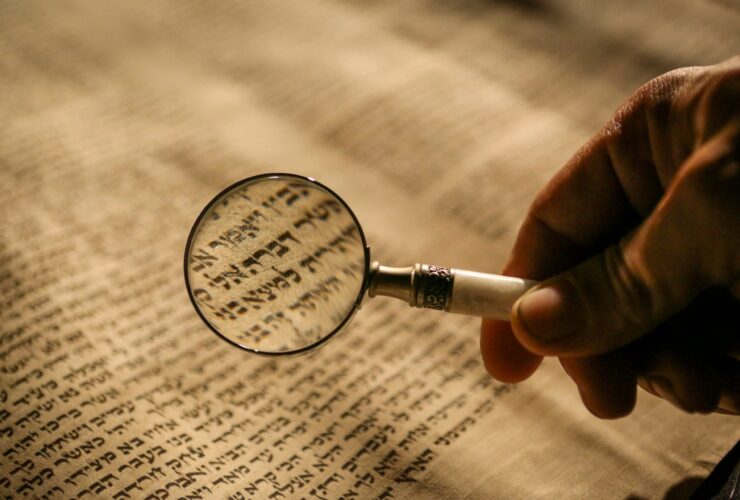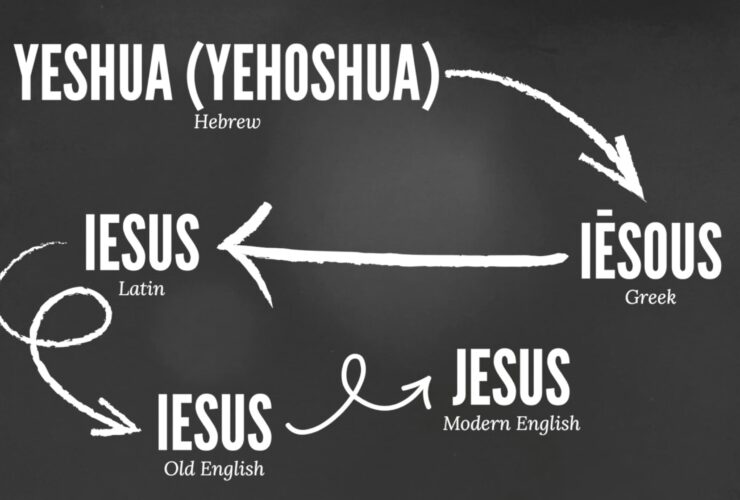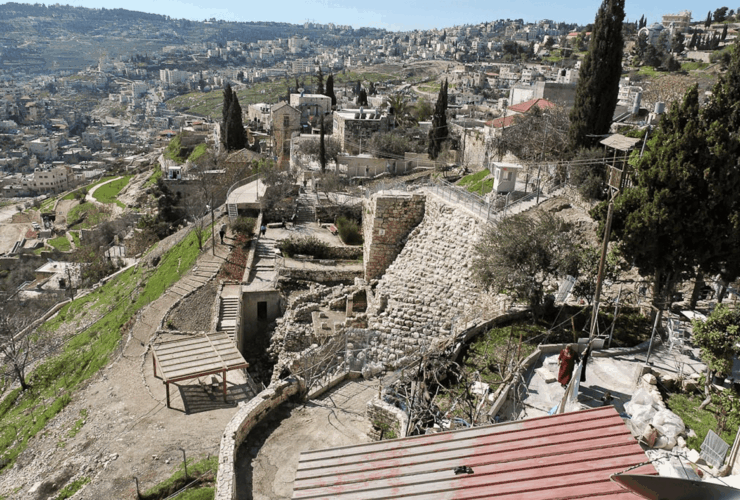Burning aromatic substances has always been a way for people to turn neutral or poor smelling air into a more pleasant atmosphere. Incense, in particular, was valued in the ancient world for its purification properties, it was seen to be a type of cleaner for the air and there were several commonly used and prized spices for this. The Bible tells us that incense was burned at the funerals of Jerusalem’s kings, signifying its importance in the culture of the day (2 Chronicles 16:14, Jeremiah 34:5). But likely, the most well-remembered biblical use of incense was in the Tabernacle and the later Jerusalem Temple. Incense was burned daily on the specially made altar of incense (Exodus 30:1-5), and a liquid version––oil of myrrh, cinnamon, sweet-cane and cassia––was used to anoint and commission Temple furniture, articles, and priests into service (Exodus 30:22-24).
Interestingly while the descriptions of the incense altar and rituals are given in the Bible, their significance is not explained, their religious reasons not given. The careful reader of the Bible however will notice at least two references to the symbolic meaning of incense, the first in the book of Psalms says, “Let my prayer be set before You as incense, The lifting up of my hands as the evening sacrifice.” (Psalm 141:2, NKJV). The second reference is like it, and comes from the New Testament book of Revelation, where in chapter 5 the prayers of God’s people are said to be the smoke of incense rising to God (Rev.5:8), and in chapter 8 where the prayers of God’s people are offered with the incense (Rev.8:3-4).
“and the smoke of the incense, with the prayers of the saints, rose before God from the hand of the angel.”
Revelation 8:4
This meaning is especially interesting when paired with the instructions for the Day of Atonement (Leviticus 16), once a year the high priest was to go into the Holy of Holies, but not without the protection of the incense cloud. The smoke created by burning the Temples special incense acted as symbolic protection for the priest, and God was said to actually appear in this smoke above the mercy seat. Prayer as protection and as a vessel of revealing God.
This incense offered in the Holy of Holies was not offered on the golden incense altar, instead hot coals from the altar were carried in on an incense shovel, also called a fire pan, and then ground incense was placed on top to create the sweet-smelling smoke.
Archaeologically, there have been many ancient Israeli incense shovels discovered. These ornate metal shovels had short handles and a square shovel head. While none that can claim direct heritage from the Tabernacle or Temple have been found yet, there have been many from contemporary shrines, and even from later synagogues, that make it likely they looked very much the same.

Corie Bobechko is a daily co-host, speaker, and writer of Bible Discovery. She also hosts a YouTube channel that shows how history and archaeology prove the Bible. Her heart for seekers and skeptics has led her to seek truth and share it with others. Corie also has a Bachelor of Theology from Canada Christian College.


